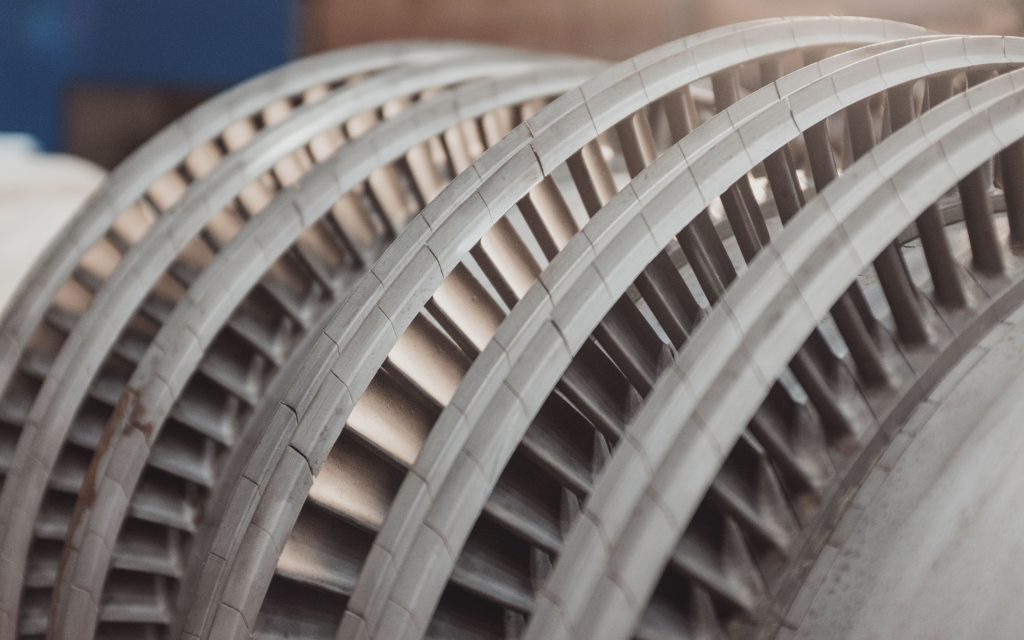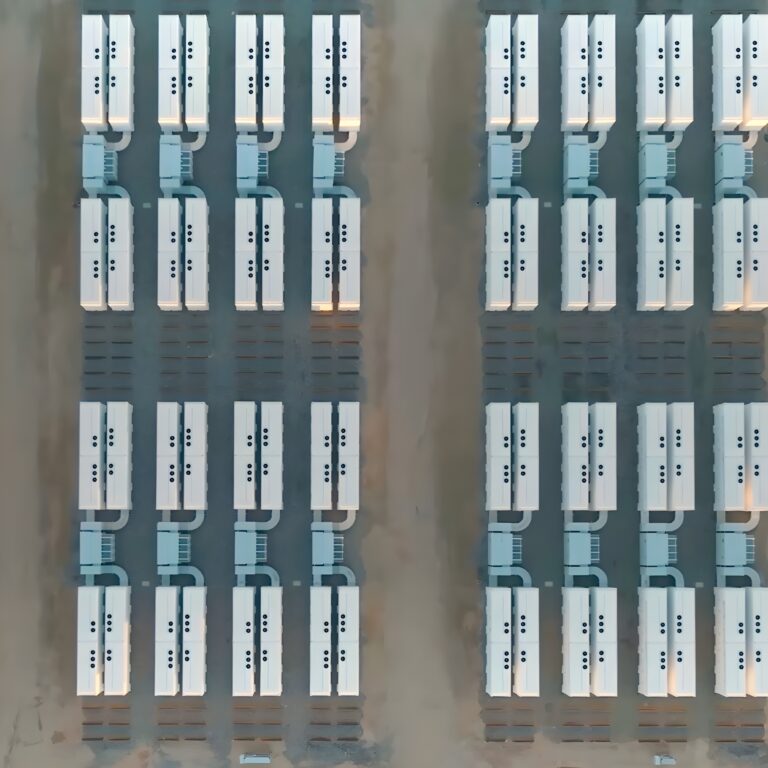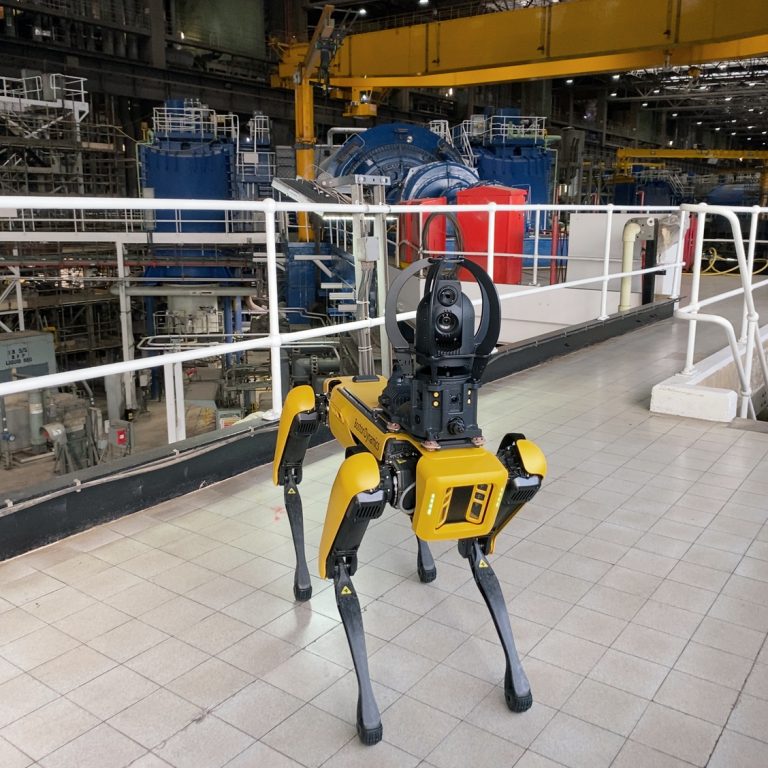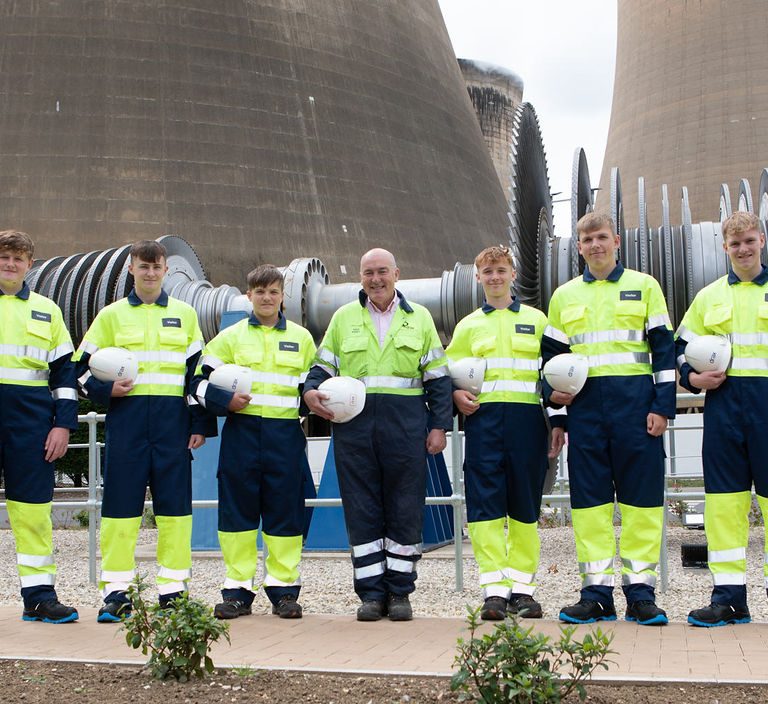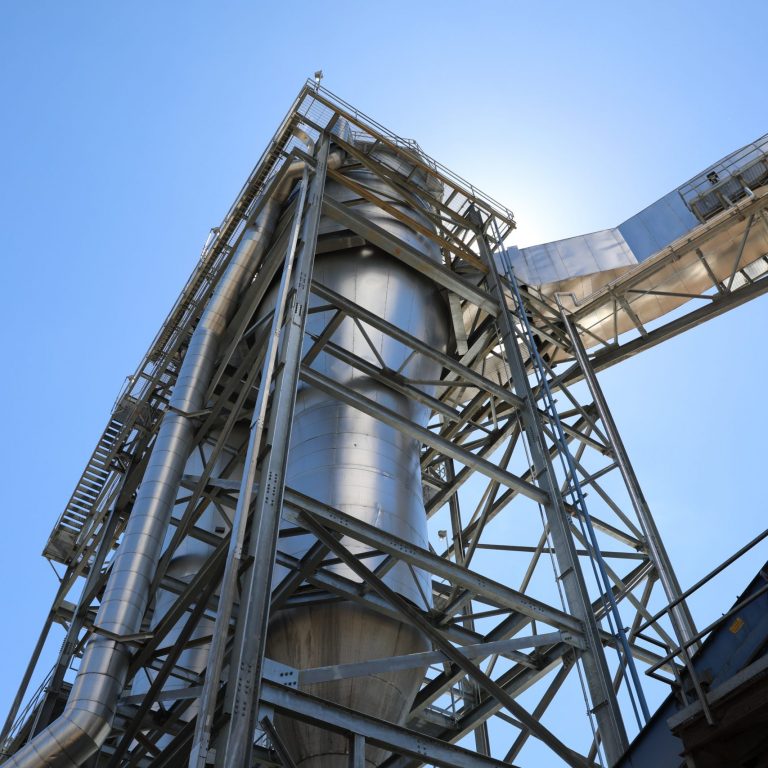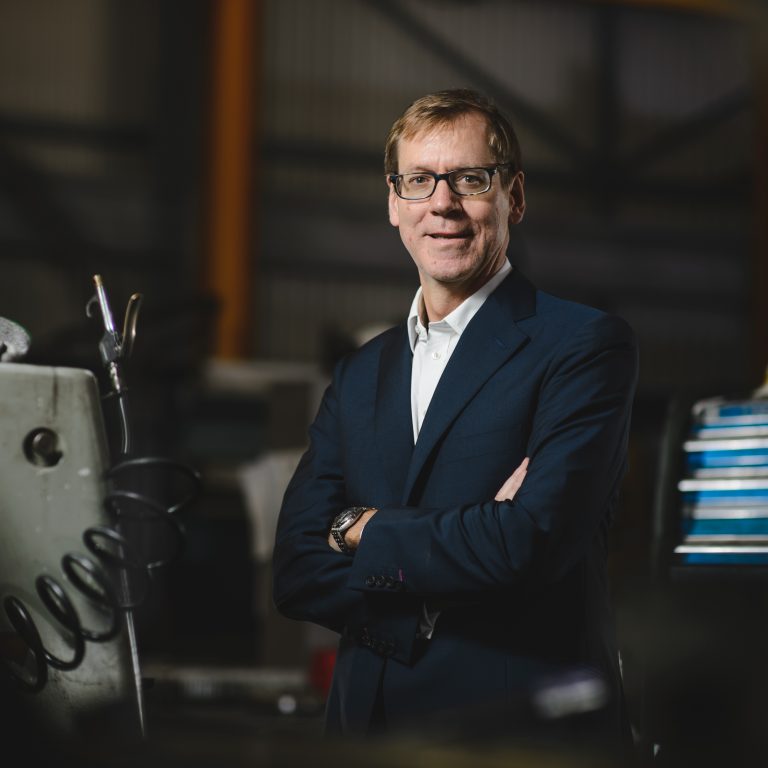Charles Algernon Parsons knew he was onto something in 1884. The young engineer had joined a ship engineering firm and developed a steam turbine engine, which he immediately saw had a bigger potential than powering boats.
He connected it to a dynamo, turning it into a generator capable of producing up to 7.5 kilowatts (kW) of power, and in the process kickstarted an electrical and mechanical revolution that would reshape how electricity was produced and how the world worked.
Today turbine-based generation is the dominant method for electricity production throughout the world and even now – almost a century and a half later – Parsons’ turbine concept remains largely unchanged, even if the world around it has.
Steam dreams
Throughout the 20th and into the current century, electricity generation has depended on steam power. Be it in a coal, nuclear or biomass power plant, heating water into highly pressurised steam is at the core of production.
Greek mathematician and inventor Hero of Alexandria is cited as building the first ever steam engine of sorts with his aeolipile, which used steam to spin a hollow metal sphere. But it wasn’t until the 18th century, when English ironmonger Thomas Newcomen designed an – albeit inefficient – engine to pump water out of flooded mines, that steam became a credible power in industry.
Scottish engineer James Watt, from whose name the unit of energy comes from, built on these humble beginnings and turned steam into the power behind the industrial revolution around 1764 when he added an condensing chamber to Newcomen’s original design.
It was the combination of this engine with Thomas Edison’s electrical generator late in the 19th century that first made large-scale electricity production from steam a reality.
The turbine takes over
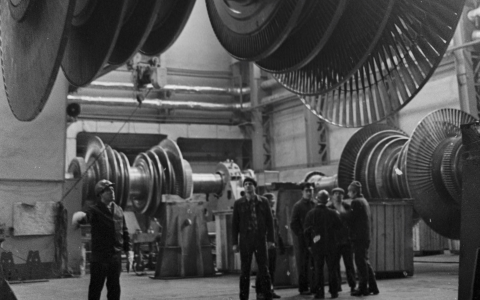 Steam engines and steam power was not a new concept when Parson began his explorations in the space. In fact, nor were steam turbines. Others had explored ways to use stream’s velocity to spin blades rather than using its pressure to pump pistons, in turn allowing rotors to spin at much greater speeds while requiring less raw fuel.
Steam engines and steam power was not a new concept when Parson began his explorations in the space. In fact, nor were steam turbines. Others had explored ways to use stream’s velocity to spin blades rather than using its pressure to pump pistons, in turn allowing rotors to spin at much greater speeds while requiring less raw fuel.
What made Parsons’ design so important was its ability to keep rotational speeds moderate while also extracting as much kinetic energy from steam jets as possible.
He explained in a 1911 Rede Lecture that this was done by “splitting up the fall in pressure of the steam into small fractional expansions over a large number of turbines in series,” which ensured there was no one place the velocity of the blades was too great.
The design’s strength was also apparent at scale. In 1900 his company (which was eventually acquired by Siemens) was building turbine-generator units capable of producing 1,000 kW of electricity. By 1912, however, the company was installing a 25,000 kW unit for the City of Chicago. Parsons would live to see units reach 50,000 kW and become the primary source of electricity generation around the world.
Turbines in the modern grid

The world is a vastly different place to the one in which Parson designed his turbine, yet the fundamentals of his concept have changed very little. The results of what they achieve and the scales at which they work, however, have increased significantly.
Today the turbines that make up Drax’s six generating units are each capable of producing more than 600 MW (or 6,000,000 kW) of electricity with the shape, materials and arrangement of blades carefully designed to maximise efficiency.
And while that first design was purely with steam in mind, turbine technology has advanced beyond dependency on a single power source, and has been developed to accommodate for the shift towards lower-carbon power sources.
One such example is gas turbines, which work by sucking in air through a compressor, which is then heated by burning natural gas, in turn spinning a turbine as it expands. These can jump into action much faster than other turbines as they don’t require any steam to be created to power them.

Renewable sources, such as hydro and wind power, also depend on spinning turbines to generate electricity. Where these differ from gas or steam-powered turbines is that rather than being encased in metal and blasted with gases, wind and hydro turbines’ blades are exposed, so flowing air or water can spin them, powering a generator in turn.
Turbine technology helped bring access to electricity around the world, but the ingenuity and flexibility of the design means it is now serving to adapt electricity production for the post-coal age.







